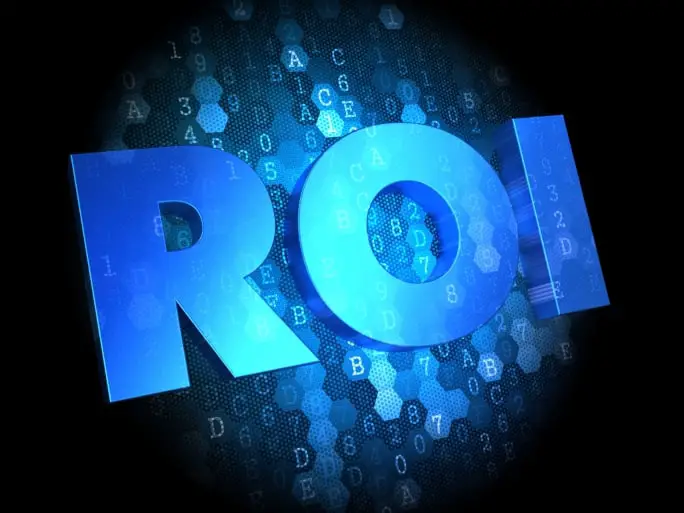Table of Contents
The results are in and the findings are an astounding 82% of purchase decisions are being made in store. This number has risen from 76% from the study done in 2012 by the Point Of Purchase Advertising Institute (POPAI).
*This post may contain affiliate links. As an Amazon Associate we earn from qualifying purchases.

POPAI’s 2014 Mass Merchant Shopper Engagement Study also indicates that an increasing number of consumers are not even bothering to compile a shopping list, with 34% of these disorganized dashers entering the store with no list at all. It’s significant because this no-list behavior jumped from 13% of shoppers identified in the 2012 study.
Point-of –Sale (aka, Point-of-Purchase) displays are a great way to capture the attention of the increasingly impulsive shopper. An end-aisle display has been known to boost sales 30% by simply positioning the product front and center!
There are cost factors for getting an in-store display campaign to take shape and many ways to calculate a point-of-sale marketing return on investment. From a simple ROI formula to a more complex ROMI marketing ROI calculation, let’s consider how to calculate return on investment for a POS.
Reaching for Remarkable Retail Results
 A return on investment formula is different from other performance measures, such as net profit. Subtracting various costs from revenue derives net profits or return; alternatively, the return on investment formula divides net revenue by the cost or investment. Here’s the basic formula the illustrates how to calculate ROI: Return – Investment/Investment
A return on investment formula is different from other performance measures, such as net profit. Subtracting various costs from revenue derives net profits or return; alternatively, the return on investment formula divides net revenue by the cost or investment. Here’s the basic formula the illustrates how to calculate ROI: Return – Investment/Investment
The ROI calculator produces a percentage number. So if your profits, or return, was $10,000 and your investment was $1,000 you would have a 90% ROI, or $9.00 earned for every dollar spent. (This looks like $10,000 – $1,000 = $9,000 / $1,000).
Using the same formula for a point-of-sale campaign you would want to focus on the incremental sales produced by the display’s presence. The return on investment calculator you set-up may look like this: Gross Margin of Incremental Sales – POS Marketing Investment/POS Marketing Investment
Test Your POS
If only marketing were as simple as running the numbers into a formula. Many companies introduce other promotional techniques into the market simultaneously with a POS campaign. How do you determine if the display drove incremental revenue or if an ad campaign appearing at the same time got the consumer into the store to purchase?

Here is where you may consider developing a controlled test by eliminating other promotions that factor into the results, or by organizing a solo POS campaign in some markets and a multi-promotional campaigns in other markets to see how sales lift is effected. It gets complicated as store size, traffic volumes and demographics and other factors should be equally matched to get statistically significant results. Fortunately there are suppliers in every industry that have established systems and benchmarks to analyze your results and provide you with a true comparison.
Marketing analytics are becoming more important as an overwhelming amount of data becomes available. As business become more sophisticated, incorporating elements of Big Data becomes more important as you strive to optimize your POS and other marketing results.
Using ROMI to Compare Marketing Mediums
The Return On Marketing Investment (ROMI) formula has been developed to measure the effects of the overall marketing spend. The simple definition of ROMI is ‘the profit from a particular activity compared with the amount spent on all marketing efforts it in a particular period’.
A different way to think of ROMI is as Return On Marginal Investment; what is the profit margin for your one time POS campaign in relation to all other marketing campaigns introduced by the organization over a specified time period.
If the company earned $30,000 in Gross Margin, or profit, from all marketing activities, and your POS campaign that you invested $1,000 yields $9,000 in profit, how does it compare to other campaigns? Here is the ROMI formula in this example:
[Gross Margin of Incremental Sales x Contribution Margin % – POS Marketing Investment] / POS Marketing Investment
To determine ROMI: First calculate the Gross Margin percentage of the one time POS campaign, or $9,000, against the companies’ total marketing campaigns gross margin of $30,000. ($9,000/$30,000= 30% Contribution Margin)
Second, apply the formula: [$9,000 Gross Margin of Incremental Sales x.30% Contribution Margin = $2,700 -$1,000 POS Marketing Investment = 1,700] /$1,000 POS Marketing Investment = 1.7
What does this all mean as stated as a Return On Marketing Investment.
- The incremental margin for the $1,000 you spent on POS is $2,700, when compared to the entire marketing team’s gross margin.
- Every dollar you spent on your POS campaign added $1.70 to the bottom line, when compared to the entire marketing gross margin.
The results, after applying the ROMI formula, are significantly different from the results of the ROI formula. Looking at ROMI gives you the true value of all marketing campaigns and may provide you with an advantage as you adjust your marketing efforts to test different elements of the marketing mix to increase gross margin.

